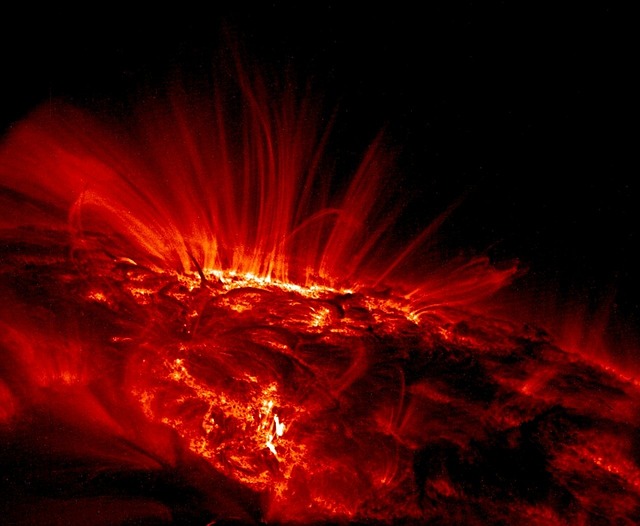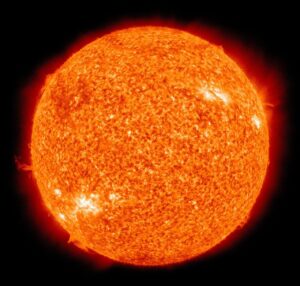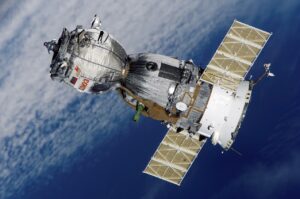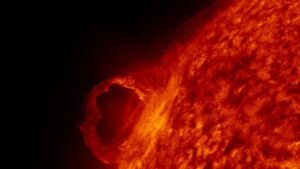Imagine that one catastrophe has the energy equivalent of a billion hydrogen bombs. One phenomenon which has the potential to destroy Earth’s power grids? An explosion that can disconnect satellites and cause a radio blackout? Such potential is held in the marvels of solar flares and while they have been around for ages, recent discoveries can help us gain a better understanding of our colossal solar system.
What Are Solar Flares?
Solar Flares are explosions that occur on the sun that unleash several forms of radiation from the electromagnetic spectrum. These radiations are categorized by astronomers depending on their intensity and energy generation. Scientists use A, B, C, M, and X to specify the solar flare with A being weak and X being the most powerful (they could cover larger distances).
Moreover, these solar flares don’t have a specific cycle but rather depend on the 11-year solar cycle. During the Solar Maximum phase, the frequency of solar flares increases. One study shows that they can occur several times per day in Solar Maximum! Conversely, during the solar minimum phase, these flares occur once a week.
How does this impact the Earth?
It is important to understand that these flares aren’t always contacting Earth. However, depending on the size, they can cause disruptions in satellites and communication technologies, which are essential for humans to keep track of space activity.
The Carrington Event: The first ever documented Solar flare that impacted Earth was back in 1859. This event was named after Richard Carrington, who was an astronomer who witnessed the occurrence and even drew the sunspots visible through his private telescope. This event also created an aurora which was visible all across the south (Caribbean side). Lastly, the NOAA claimed that at the time, this solar flare disrupted global telegraph communications, including some satellites.
The 1989 Power Failure: Solar flares can lead to larger space weather catastrophes, including geomagnetic storms. Around March 13, 1989, Canada experienced this solar flare in the form of massive power outages. Space.com claims that this storm left 6 million people without electricity for a whopping 9 hours!
Recent 2024 Flare: As much as it seems that solar flares are destructive, the Earth can also benefit from such storms. A recent solar flare in May of 2024 was recorded as one of the largest storms in the current 11-year solar cycle. The scale of this storm was X8.7 (very large). News reporters in America captured images of this storm with a bright pink sky stretching across the entire country’s sky.
Some Risks Posed by Larger Solar Flares include:
Interference in GPS Signals: Solar flares on the larger end can impact Earth’s navigation systems because of their orientation. In particular, the solar flares and satellites both contact Earth’s ionosphere (a layer in the Earth’s atmosphere), which may misguide GPS information provided to receivers on Earth.
Risk for Aviation: You may have heard that airplanes always check the weather before take off or landing, but they also have to check space weather to fly safely and efficiently at higher altitudes. Space weather is a condition of the space environment affected by the Sun and the solar wind, impacting Earth’s atmosphere and technological systems. Events associated with space weather, particularly solar flares, interfere with aviation communications, navigation, and surveillance systems and can increase radiation at aircraft flight altitudes.
Astronaut Health: Apart from technological errors solar flares that emit severe radiation can be hazardous to the health of Astronauts. Astronauts living on the ISS or ones who are assigned to explore specific details in outer space can be subjected to this radiation. Symptoms include headaches, decreased blood cell production, or even cognitive issues. Additionally, exposure to various wavelengths of radiation can increase the risk of cancer or cardiovascular illness.
Conclusion
Solar flares are powerful and sometimes disruptive, but they also give us a window into the dynamic processes of our Sun. Studying solar flares increases our understanding of space weather and underlines the intricate connection between cosmic phenomena and life on Earth. As we continue to learn and explore the wonders of our solar system, we must appreciate the uniqueness held on earth and the planets around us.
Sources:
https://www.swpc.noaa.gov/phenomena/solar-flares-radio-blackouts
https://science.nasa.gov/science-research/heliophysics/space-weather/solar-flares/what-is-a-solar-flare#q3
https://science.nasa.gov/sun/solar-storms-and-flares/
https://science.nasa.gov/science-research/heliophysics/nasa-solar-observatory-sees-coronal-loops-flicker-before-big-flares/
https://scied.ucar.edu/learning-zone/sun-space-weather/solar-flare
https://blogs.nasa.gov/solarcycle25/2022/06/10/solar-flares-faqs/
https://www.foxweather.com/earth-space/geomagnetic-storm-watch-northern-lights-us






